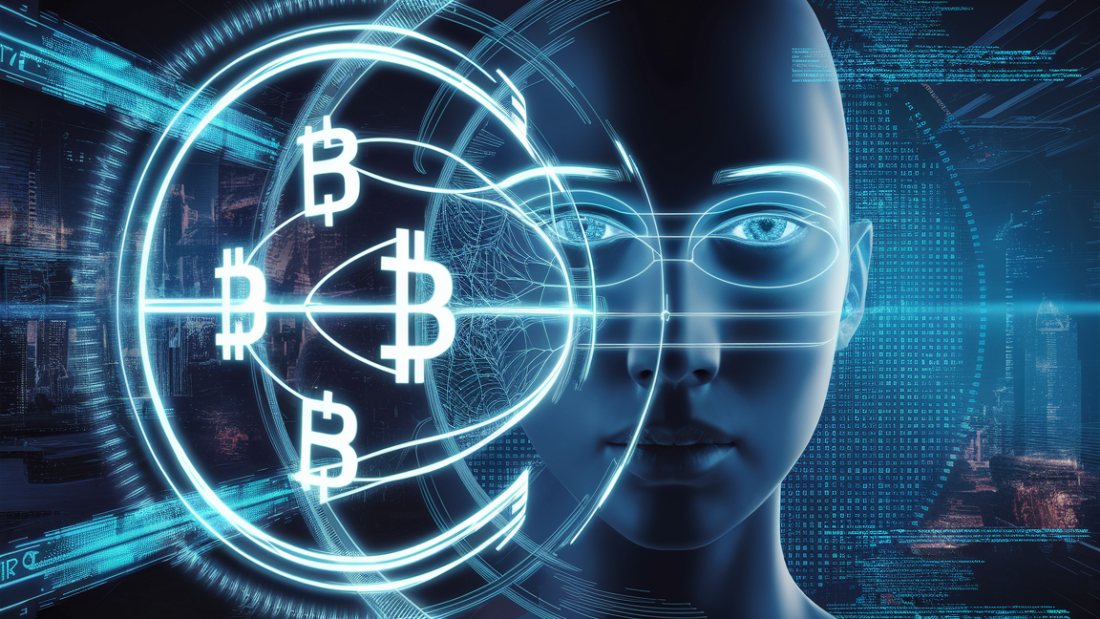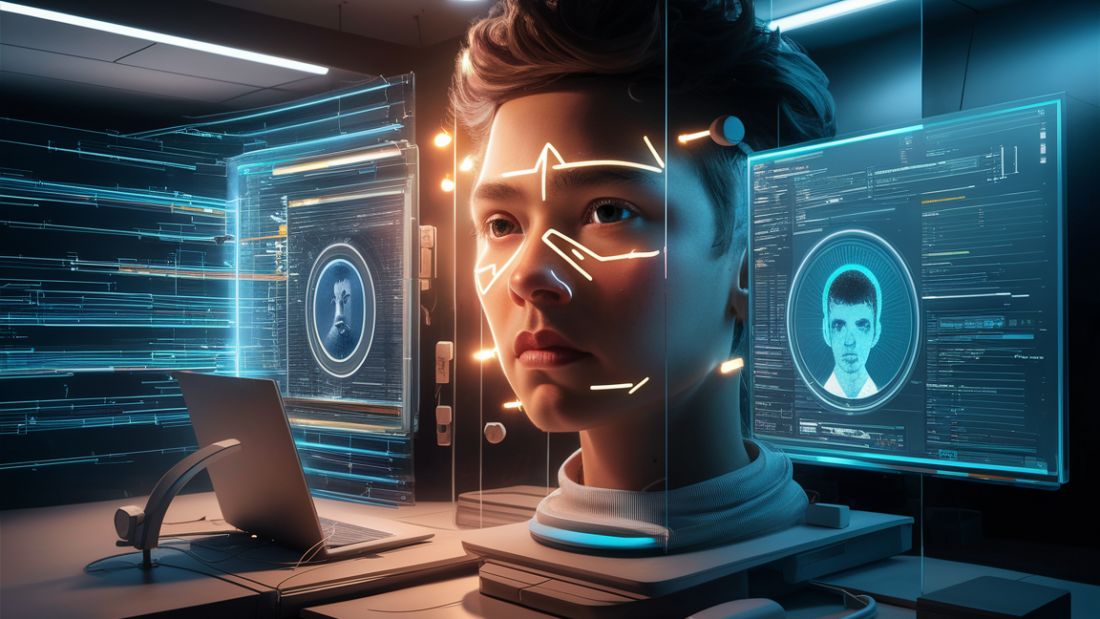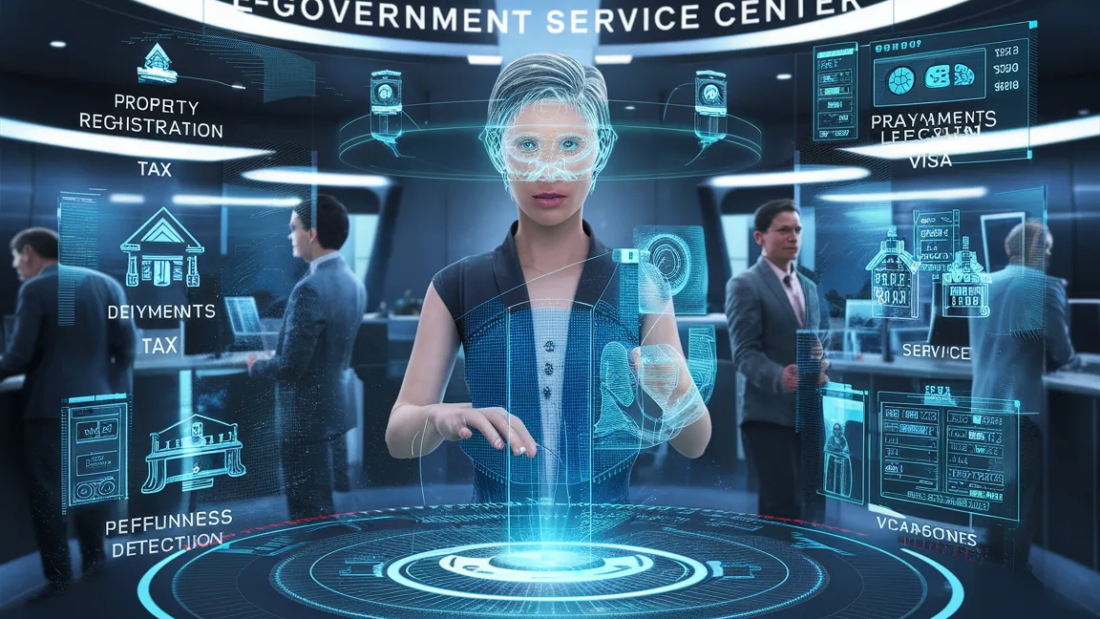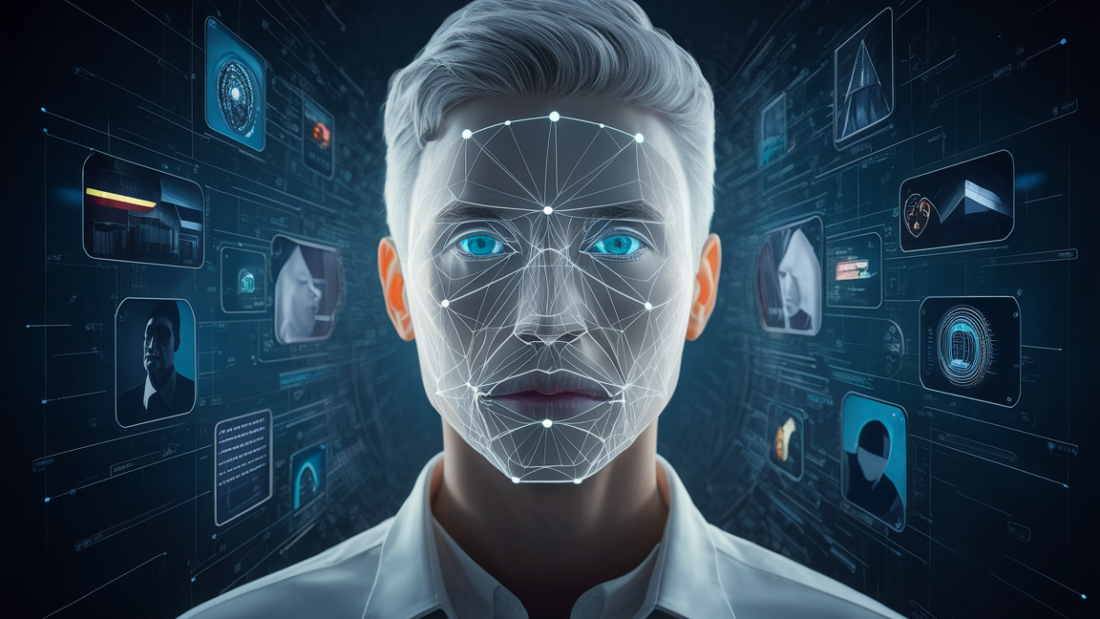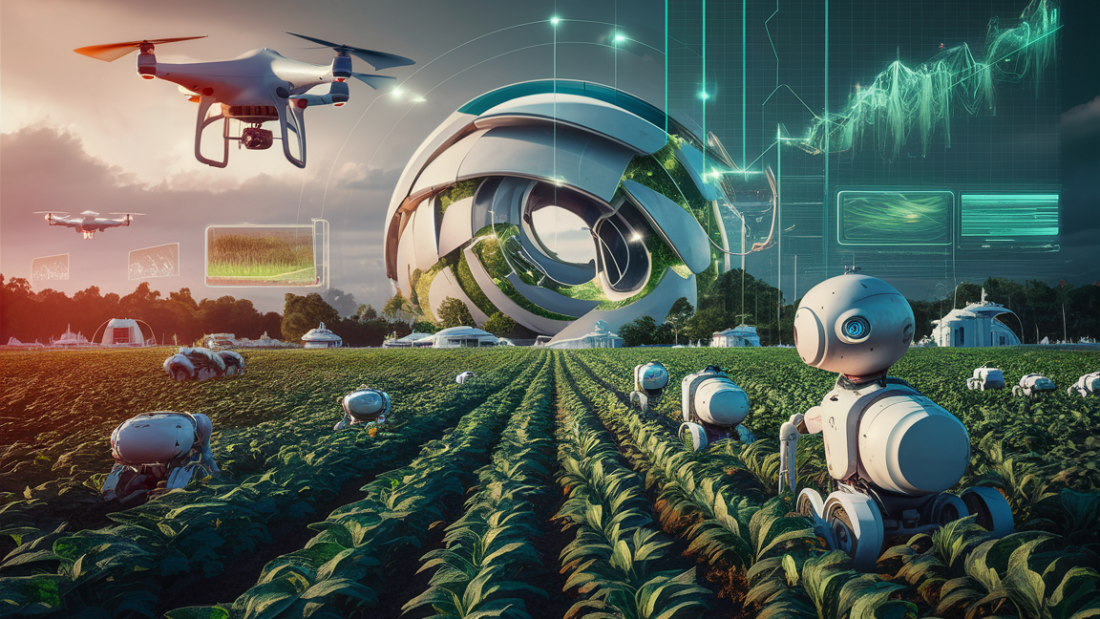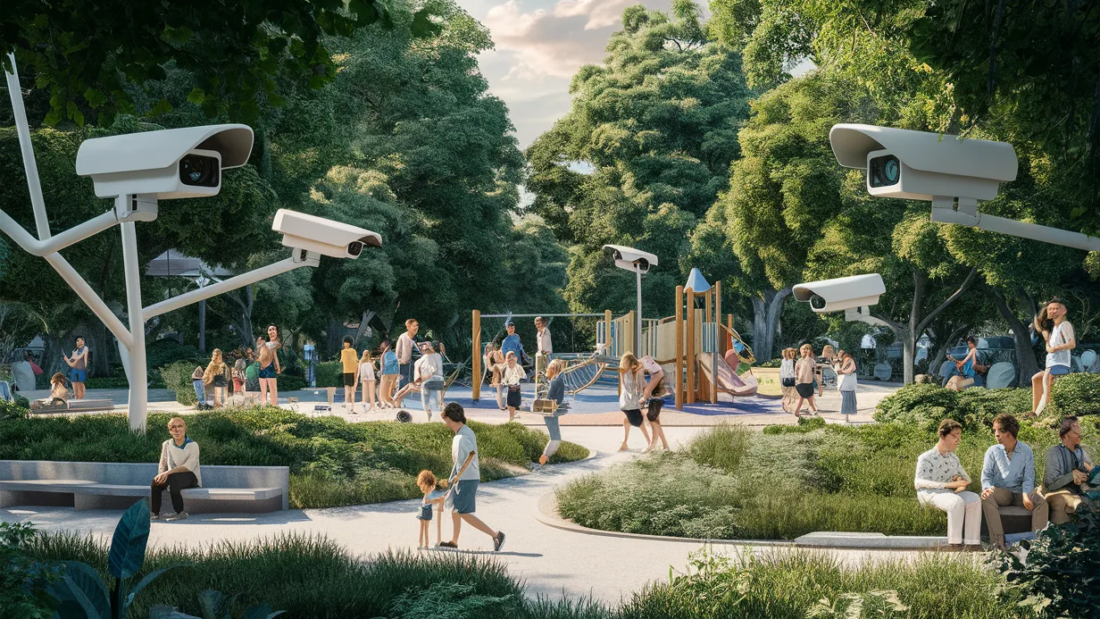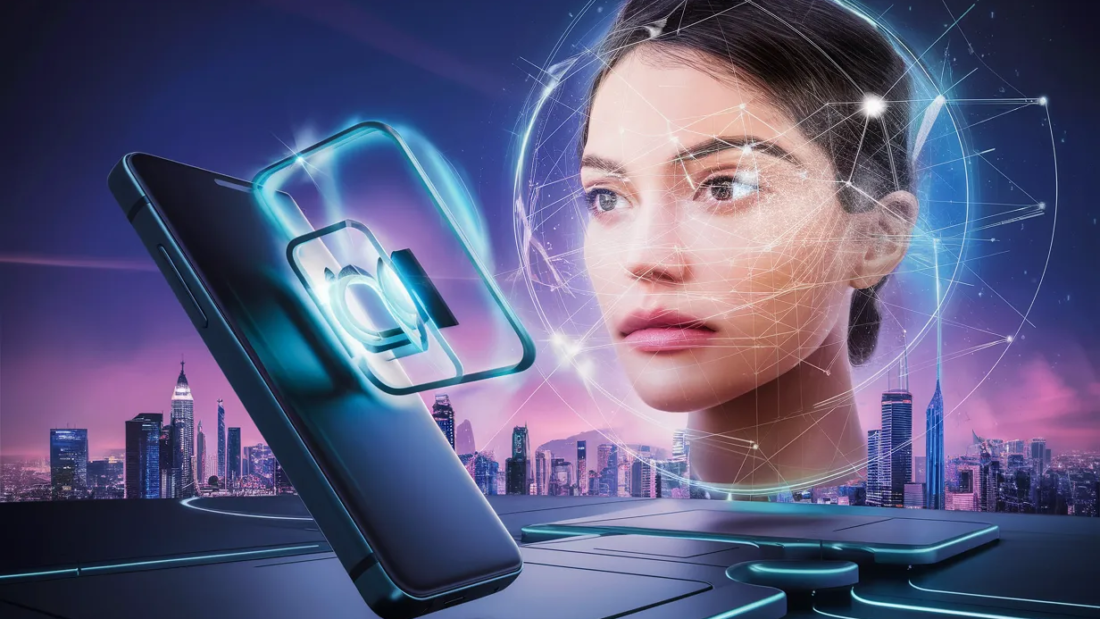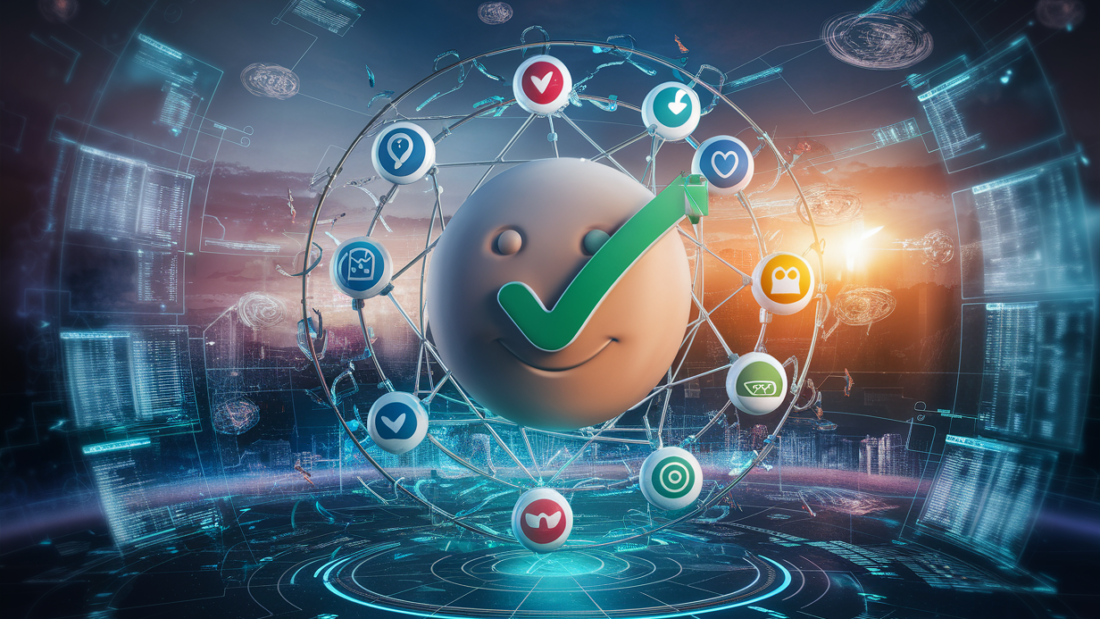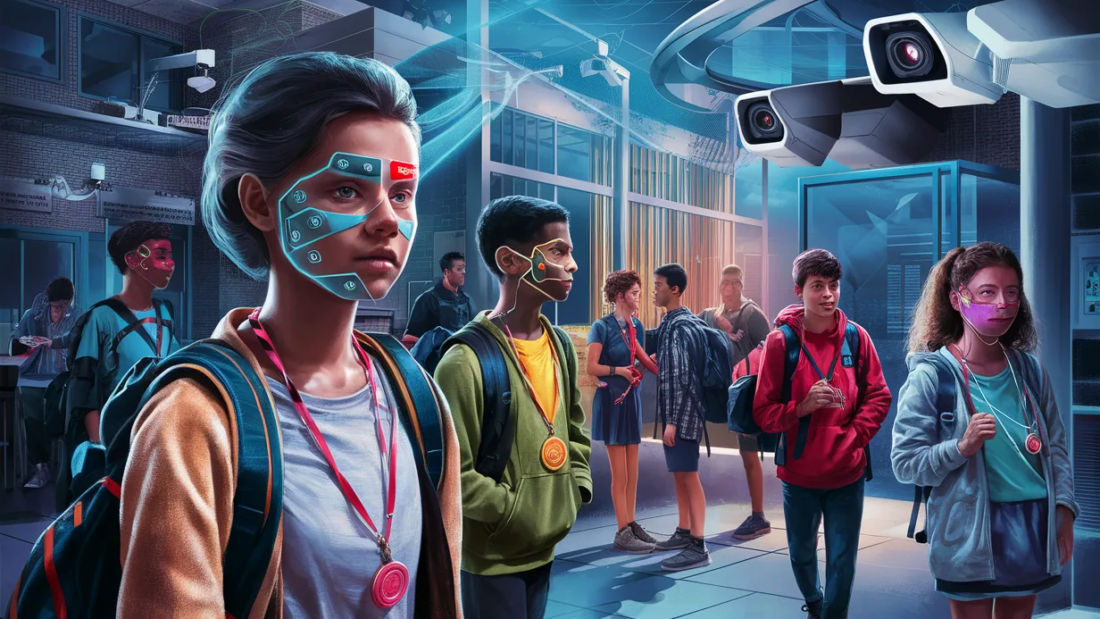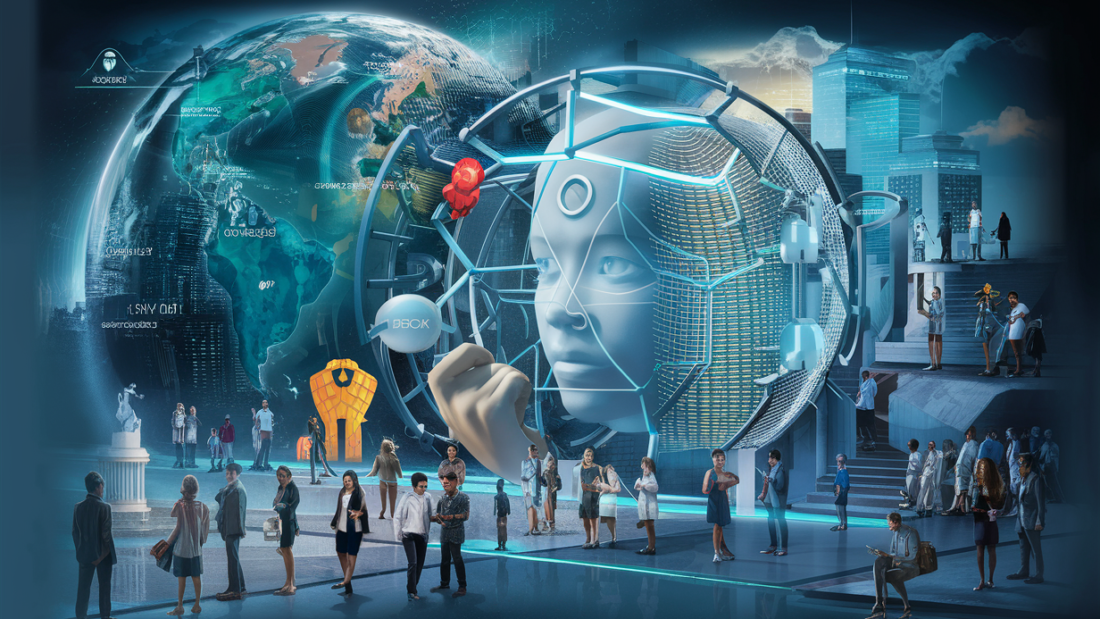In today’s digital landscape, ensuring secure access is paramount. Face liveness detection technology has emerged as a cutting-edge solution to combat identity fraud and enhance security measures. By verifying the liveliness of a person through facial recognition, this innovative technology adds an extra layer of protection against unauthorized access attempts. With cyber threats on the rise, organizations are turning to face liveness detection using computer vision to safeguard sensitive information and bolster their authentication processes. This blog post delves into the intricacies of face liveness detection, its significance in modern security protocols, and how it is reshaping the way we approach identity verification.
Key Takeaways
Implementing face liveness detection with blockchain technology can significantly enhance user authentication: By combining these two technologies, organizations can ensure a higher level of security and trust in their systems.
Prevent fraud and identity theft by leveraging face liveness detection, biometric authentication, computer vision, deep learning, and data augmentation. This technology adds an extra layer of security, making it harder for malicious actors to impersonate legitimate users.
Boost trust and compliance within your organization by following utilizing face liveness detection, biometric authentication, computer vision, and deep learning not only improves security but also helps in meeting regulatory requirements and building customer trust.
To address integration challenges, consider working with experienced professionals: Integrating face liveness detection with blockchain, deep learning, computer vision, and biometric authentication can be complex, so seeking expert guidance can streamline the process and ensure successful implementation.
Stay ahead by exploring future innovations in face liveness detection: Keeping up-to-date with advancements in this technology can give your organization a competitive edge and better protection against emerging threats.
Regularly review and update your security measures: As fraud techniques evolve, it’s crucial to continuously assess and enhance your security protocols to stay one step ahead of cyber threats.
Understanding Blockchain Security
Decentralized Consensus
Blockchain technology relies on a decentralized consensus mechanism to ensure data security and integrity. This process involves multiple nodes in a network validating and agreeing on the validity of transactions. By achieving consensus through majority agreement, blockchain eliminates the need for a central authority, making it resistant to fraud and manipulation.
The decentralized nature of blockchain enhances security by distributing control across the network, reducing the risk of a single point of failure. Each transaction is verified by multiple nodes, and once confirmed, it is added to a block that is linked to previous blocks through cryptographic hashes.
Cryptographic Hashing
Cryptographic hashing plays a crucial role in securing transactions within a blockchain network. When a transaction occurs, it is converted into a unique hash value using cryptographic algorithms. This hash serves as a digital fingerprint for the transaction data, ensuring its integrity and authenticity.
By utilizing cryptographic hashes, blockchain networks can detect any unauthorized changes or tampering with transaction data. Even minor alterations to the original data will result in a completely different hash value, alerting the network to potential security breaches.
Immutability and Auditability
The concept of immutability in blockchain refers to the inability to alter or delete recorded transactions once they are added to the ledger. This feature ensures that all transactions are permanent and tamper-proof, providing a reliable record of historical data.
Blockchain ledgers offer transparency and auditability by allowing anyone to access and verify transaction records stored on the network. Every participant can trace the entire history of transactions back to the genesis block, promoting trust and accountability within the ecosystem.
Integrating Liveness Detection with Blockchain
Enhanced Verification
Face liveness detection integrated with blockchain offers enhanced user verification, ensuring the authenticity of individuals. By combining these technologies, organizations can establish a robust method for verifying identities securely.
The fusion of face liveness and blockchain enhances security, reducing the risk of fraudulent activities such as identity theft and unauthorized access. This integration provides a reliable solution for organizations that prioritize stringent security measures.
Decentralized Security
Blockchain’s decentralized nature complements the security features of face liveness detection by distributing data across a network of computers. This distribution ensures that sensitive information related to face detection remains secure and tamper-proof.
The decentralized structure of blockchain technology prevents a single point of failure, enhancing the overall security of face liveness detection systems. This distributed approach significantly reduces the vulnerability to cyber attacks and unauthorized alterations.
Synergy for Anti-Spoofing
The synergy between blockchain’s data integrity and face liveness detection’s anti-spoofing capabilities creates a formidable defense against fraudulent activities. Blockchain’s immutable ledger ensures that facial recognition data remains unaltered and authentic.
Enhancing User Authentication
Multi-Factor Authentication
Face liveness detection significantly bolsters biometric authentication by verifying the user’s identity through facial movements, adding an extra layer of security. This method surpasses traditional username and password combinations, reducing the risk of unauthorized access.
Seamless User Experience
Implementing face liveness detection in authentication processes offers a seamless experience for users. By simply requiring a quick facial scan, users can swiftly and securely access their accounts without the hassle of remembering complex passwords or PINs. The process is not only efficient but also enhances user satisfaction.
Preventing Unauthorized Access
One of the key benefits of utilizing face liveness detection is its effectiveness in preventing unauthorized access. By incorporating this technology into multi-factor authentication systems, businesses can ensure that only legitimate users gain entry to sensitive information or services. This proactive approach minimizes the chances of security breaches and data theft.
Preventing Fraud and Identity Theft
Real-Time Detection
Face liveness detection is a crucial tool in preventing fraud and identity theft by effectively identifying and thwarting spoof attacks. By analyzing various facial movements and expressions, this technology distinguishes between fake faces and real ones, ensuring the authenticity of the user.
The ability to detect presentation attacks, bypass attacks, and 3D mask attacks in real-time is a game-changer in the realm of online security. Through continuous monitoring and analysis, face liveness detection can promptly identify any fraudulent attempts, safeguarding sensitive information from malicious actors.
Reducing Fraudulent Activities
Implementing face liveness detection can lead to a significant reduction in fraudulent activities across different online services. By incorporating this advanced technology into authentication processes, organizations can enhance their security measures and provide users with a secure and reliable platform for conducting transactions or accessing confidential data.
- Pros: Enhanced security measures, reduced risk of identity theft.
- Cons: Potential challenges in implementation and user acceptance.
Boosting Trust and Compliance
Data Augmentation
Data augmentation techniques play a crucial role in enhancing the accuracy of face liveness detection systems. By artificially increasing the diversity of the training dataset, these techniques improve the model’s ability to detect fraudulent attempts effectively.
Utilizing active check mechanisms ensures real-time validation of user identity during the verification process. This proactive approach significantly reduces the risk of unauthorized access and enhances overall security measures.
Face ROI
Focusing on the face ROI (Region of Interest) within an image allows for precise analysis of facial features essential for liveness detection. This targeted approach improves the system’s efficiency in differentiating between live users and fraudulent attempts.
Implementing a robust system to store and manage reference images is vital for accurate user verification. By securely storing these images, organizations can establish a reliable benchmark for comparison during authentication processes.
Blockchain Integration
The integration of face liveness detection with blockchain technology offers a secure and immutable platform for user verification. By leveraging blockchain’s decentralized nature, organizations can enhance trust by providing transparent and tamper-proof verification processes.
Combining face liveness detection with blockchain technology enables organizations to streamline compliance efforts, particularly in industries requiring stringent regulatory adherence. This integration facilitates seamless compliance checks, ensuring that age verification and fraud prevention measures are efficiently enforced.
Regulatory Compliance
In sensitive industries such as finance and healthcare, maintaining regulatory compliance is paramount. The fusion of face liveness detection and blockchain technology provides a comprehensive solution for meeting compliance requirements while safeguarding sensitive data.
One key advantage of this integration is the ability to create an auditable trail of user verifications, enhancing transparency and accountability in compliance procedures. By establishing a secure framework for identity validation, organizations can mitigate risks associated with non-compliance issues.
Addressing Integration Challenges
Common Challenges
Face liveness detection integration often faces presentation attacks and compatibility issues with existing services. These challenges can lead to inaccurate response and compromise security measures.
To mitigate these challenges, organizations must invest in robust anti-spoofing technologies that can detect and prevent various presentation attacks. Ensuring seamless integration with different services requires thorough testing and validation processes.
Best Practices
One of the best practices for integrating face liveness detection is to prioritize continuous monitoring and updates to adapt to evolving threats. Regularly updating anti-spoofing algorithms can enhance the system’s ability to detect new forms of presentation attacks.
Moreover, establishing clear communication channels between the face liveness detection system and other services is crucial for effective integration. This ensures smooth data exchange and real-time response mechanisms.
Technical Considerations
Successful implementation of face liveness detection hinges on several technical considerations. Organizations must assess the hardware requirements, such as camera specifications and processing capabilities, to support accurate detection.
Furthermore, incorporating machine learning algorithms for facial recognition can enhance the system’s ability to distinguish between live faces and spoofed images or videos. Training these algorithms with diverse datasets improves accuracy in detecting presentation attacks.
Overcoming Integration Challenges
To overcome integration challenges, organizations should conduct thorough compatibility tests before deploying face liveness detection systems. This helps identify any potential conflicts with existing services and allows for preemptive solutions.
Leveraging APIs for seamless integration with different platforms streamlines the deployment process. APIs facilitate data exchange between systems and enable quick response mechanisms to detected anomalies.
Key Recommendations
- Regularly update anti-spoofing algorithms to combat evolving presentation attacks.
- Establish clear communication channels for effective data exchange between systems.
- Assess hardware requirements and incorporate machine learning algorithms for accurate detection.
- Conduct compatibility tests and utilize APIs for seamless integration with existing platforms.
Exploring Future Innovations
AI Enhancements
Artificial intelligence (AI) is revolutionizing face liveness detection, enhancing its accuracy and efficiency. Developers are leveraging deep learning algorithms to enable machines to learn from vast datasets and improve over time. By incorporating AI-driven enhancements, face liveness detection systems can adapt to new challenges and scenarios dynamically.
Real-Time Adaptive Algorithms
The integration of real-time adaptive algorithms in face liveness detection marks a significant advancement. These algorithms continuously analyze facial movements and patterns in real-time, ensuring the authenticity of the user interacting with the system. By swiftly adjusting to changing conditions, such as varying lighting or angles, these algorithms enhance security measures significantly.
IoT and Edge Computing Integration
The future of face liveness detection lies in its integration with emerging technologies like the Internet of Things (IoT) and edge computing. By combining face liveness detection with IoT devices, such as smart cameras, security systems can achieve unparalleled levels of authentication and access control. Moreover, leveraging edge computing capabilities allows for processing data closer to the source, reducing latency and enhancing overall system performance.
Key Points:
- AI-driven enhancements improve accuracy.
- Real-time adaptive algorithms ensure dynamic authentication.
- Integration with IoT and edge computing enhances security solutions.
Summary
You’ve now grasped the importance of integrating face liveness detection with blockchain technology. By enhancing user authentication, preventing fraud, and boosting trust, you’re not only securing transactions but also ensuring compliance. Addressing integration challenges is crucial for a seamless implementation, leading to future innovations in this space. Embrace this powerful combination to fortify security and foster trust in your digital interactions.
Frequently Asked Questions
What is face liveness detection?
Face liveness detection is a technology used to verify that a live person, not just an image or video, is present during authentication processes. This enhances security by preventing spoofing attempts.
How does integrating liveness detection with blockchain benefit users?
Integrating liveness detection with blockchain enhances user authentication by adding an extra layer of security. Users can be more confident that their identity is protected, reducing the risk of fraud and identity theft.
How does face liveness detection help prevent fraud and identity theft?
Face liveness detection prevents fraud and identity theft by ensuring that only genuine users can access systems or services. This technology detects if a real person is present during authentication, making it harder for malicious actors to impersonate others.
Why is boosting trust and compliance important in face liveness detection?
Boosting trust and compliance through face liveness detection ensures that user identities are secure and transactions are legitimate. By incorporating this technology, organizations demonstrate a commitment to safeguarding sensitive information and complying with data protection regulations.
What are some common integration challenges faced when implementing face liveness detection?
Common integration challenges include compatibility issues with existing systems, ensuring seamless user experience, and addressing privacy concerns related to biometric data storage. Overcoming these challenges requires careful planning and robust technical solutions.
How can face liveness detection contribute to future innovations in security technology?
Face liveness detection paves the way for future innovations in security technology by setting a standard for advanced biometric authentication methods. As technology evolves, integrating face liveness detection with AI and machine learning could lead to even more sophisticated security solutions.
